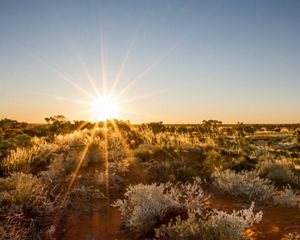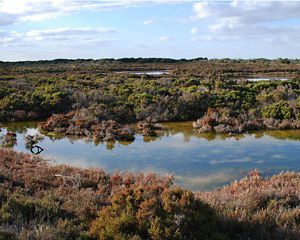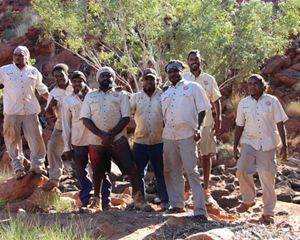The conclusions are sobering. The recently released State of the Environment report leaves no doubt as to the alarming state of nature in Australia. We need to act now to put the world back on the path of sustainability.
The conclusions of the recently released State of the Environment report paint a confronting picture: on lands, freshwater and oceans, ecosystems are under increasing pressure, threatening the animals and plants which rely on them for habitat, but also the communities whose livelihoods depend on nature and its benefits.
We collectively can do so much better than that.
Some of Australia’s land and seascapes date back 4 billion years and are home to some of the most intact and expansive natural environments left on Earth. The world’s largest intact tropical savanna ranging from the Kimberley to Cape York, the largest intact desert landscape in the Red Centre, and the largest temperate woodlands around Kalgoorlie are all uniquely Australian.
As one of the seven most biodiverse and 17 megadiverse nations, Australia is home to more species than any other developed country. Some 87% of our mammal species, 93% of reptiles, 94% of amphibians and 45% of our bird species are found nowhere else on Earth.
Australia is also home to one of the world’s oldest continuous human cultures, where for tens of thousands of years, First Nations peoples have lived a lifestyle intertwined with caring for the lands and waters that sustain us all.
Climate change and biodiversity loss need to be addressed together
While climate change impacts communities, plants and animals, research shows that nature can contribute to a third of the emission reductions needed by 2030 to keep global temperature increases under 2°C. Not only do ecosystems provide natural habitats for our fauna and flora, they’re also critical for carbon storage, water quality and food provision.
The science is clear: to address the dual crises of climate change and biodiversity loss, we need to commit to net zero, abandon unsustainable practices and embrace nature-positive tools and technologies. We also need to tackle the most pressing issues caused by population growth, inequality, health and rapid urbanization. In short: we need to do more, faster. This can only be achieved through a holistic, collaborative and inclusive approach in which governments, corporates, not-for-profits, philanthropists, financial institutions, communities and academics all have a role to play.
VIEW THE GALLERY
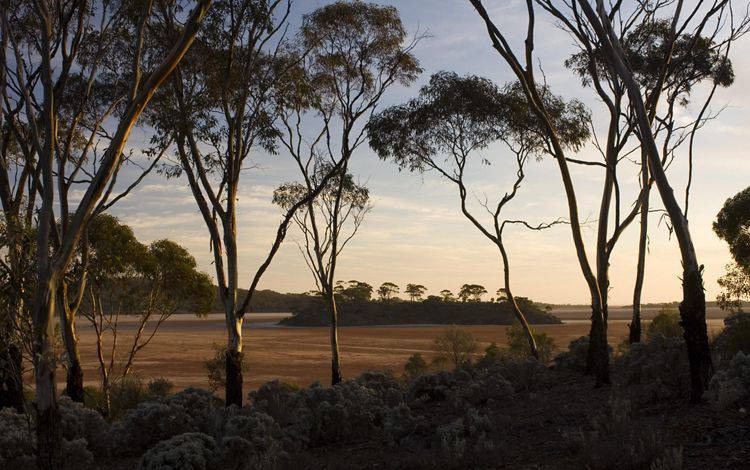
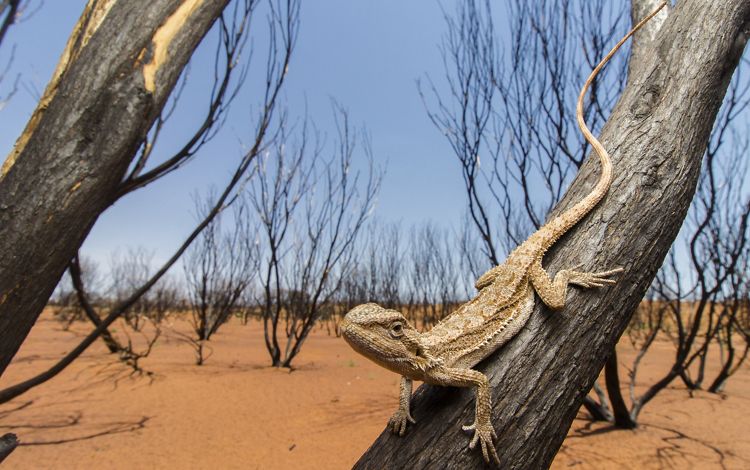
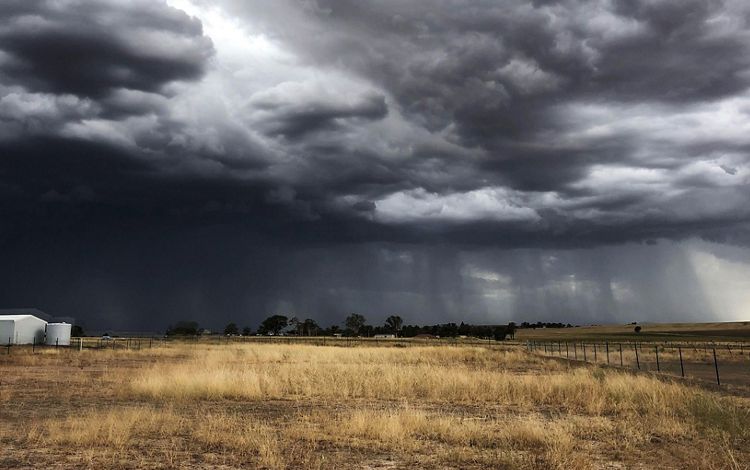
Australia needs to protect 30% of its lands and 30% of its oceans by 2030 (30x30)
The Nature Conservancy has a long history of funding land acquisition for conservation directly, in partnership with Federal and state governments and through consortia, and through financially supporting Indigenous Protected Areas (IPAs). We know that Protected areas are one of the most effective means of conserving biodiversity.
Currently Australia has around 20% of land in protected areas. Although 37% of our oceans have some form of protected areas, only a small proportion of this is highly protected.
To make 30x30 a reality, the purchase of large and nationally significant properties from willing landowners to add to National Parks and private conservation reserves will be central, as will supporting Indigenous communities wanting to establish new Indigenous Protected Areas. In Australia, as in many parts of the world, protecting 30 per cent of the land, freshwater and oceans by 2030 is not simply about protecting 30 per cent, it’s about protecting the right 30 per cent. By focusing on the areas that are most important for biodiversity, including intact ecosystems, by ensuring that conservation supports landscape connectivity to help nature adapt to climate change, by including First Nations peoples with a cultural obligation to manage Country, and by actively pursuing conservation that is representative of our planet’s diverse ecosystems, we can achieve this bold goal.
Scaling-up conservation efforts
With a grounding in science, it will be essential to pilot innovative conservation approaches and mobilise support quickly to scale them up and make a difference. We collectively need to invest in science and trialing methods to restore nature, to monitor success of nature-based solutions and build a case for strong support for policy makers, investors, and communities.
Critically, if we want to address the challenges our environment is facing, we must find new ways to finance the effort required to do so.
In economic terms alone, our reliance on nature is colossal, with the World Economic Forum estimating that US$44 trillion of global GDP is dependent on nature and its services. The tremendous benefits nature provides to people need to be accounted for on balance sheets.
Applying private finance principles to conservation can fund the long-term management of protected areas. By embracing environmental, social, and governance (ESG) principles we can create outcomes based on value, growth and protection that benefit nature and people.
Now is the time to work collaboratively and at a scale rarely seen before in Australia. Now is the time to be ambitious, to support the traditional ways of First Nations communities, to use science to innovate and demonstrate the success of nature-based solutions, and to unlock new ways to finance conservation efforts. Now is the time to decide what we want Australia’s and the planet’s future to look like.
Yours in nature,
Alison Rowe
Get the latest updates
Keep up-to-date on how we're taking on big conservation challenges and conserving Australia's iconic natural landscapes and crucial wildlife habitats.

